Up Next

Lance Stroll’s revelation that he did in fact contract COVID-19 has created an uncomfortable but important situation for Formula 1 and the FIA to address ahead of the Portuguese Grand Prix.
Stroll missed the previous race at the Nurburgring 10 days ago after withdrawing on Saturday, before qualifying, having fallen ill.
His Racing Point team boss Otmar Szafnauer said Stroll had suffered flu-like symptoms since the previous race in Russia but had been cleared of COVID-19 in “multiple” tests.
However, it has since emerged that Stroll tested positive for COVID after flying home from Germany. The Canadian expects to race in Portugal this weekend because he has subsequently tested negative and now feels “100%” again.
F1’s detailed protocols put together by the FIA should permit Stroll to race at Algarve as he has a negative test. But there are several significant questions that need to be posed as a result of this case.
Is five-day testing enough?
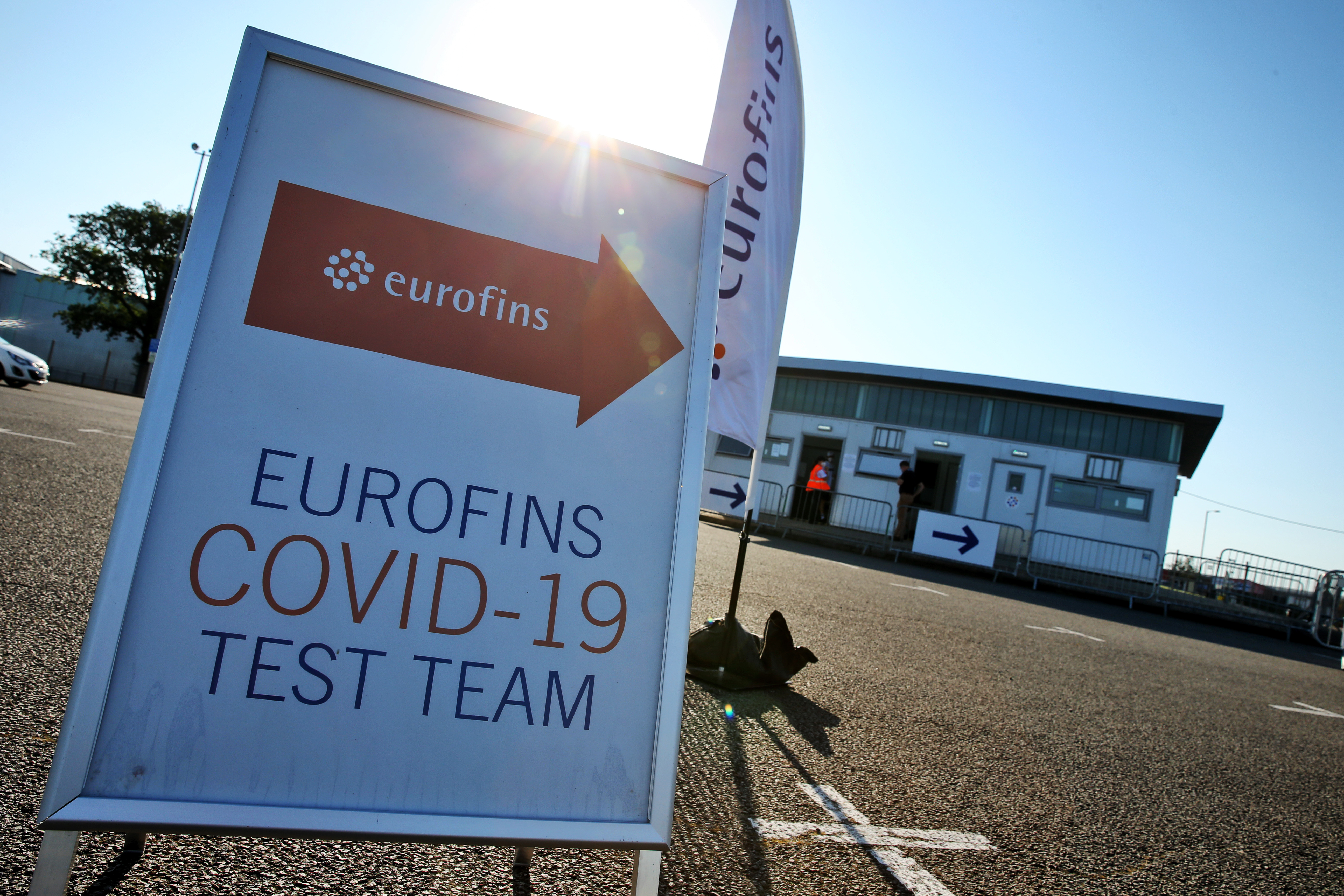 This is a question that F1 and the FIA must establish a quick answer to because it highlights the severity of the situation.
This is a question that F1 and the FIA must establish a quick answer to because it highlights the severity of the situation.
Stroll tested negative for COVID on the Tuesday before the Nurburgring. He tested positive on Sunday. Given the incubation period for the virus is between 2 to 14 days, and assuming Stroll’s Tuesday test was not a false negative, it’s possible that Stroll contracted the virus before entering the paddock on Thursday.
An easy conclusion from that is five-day testing is not enough. Either a window exists for someone to contract the virus between testing and entering the paddock, or the risk of false negatives is such that the paddock could be unknowingly exposed to a COVID patient.
F1 and the FIA have not plucked their protocols from nothing but the frequency of testing should be reviewed in case it can be improved.
That process has already started, as it is understood attendants will soon be required to test when they arrive in a country – not before. So, in a repeat scenario, Stroll would not test on Tuesday before flying, he’d likely have to test on Tuesday evening or Wednesday morning after arriving – and could not access paddock until a negative result is returned.
At the very least it will reduce the exposure participants have to the virus between their test and being able to enter the paddock.
How many people were at risk?
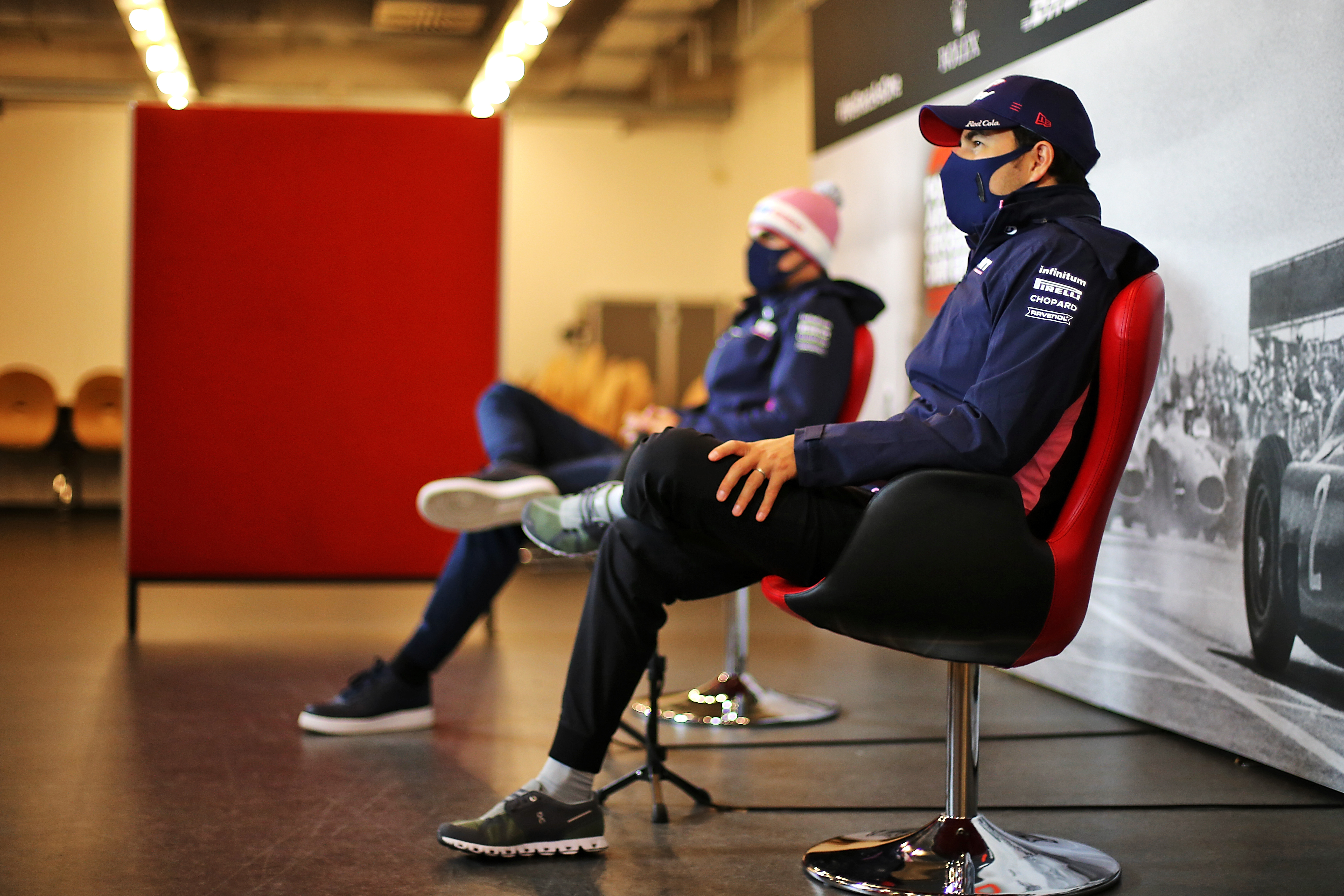 When Stroll’s team-mate Sergio Perez tested positive for COVID earlier this year he was not allowed to enter the Silverstone paddock and so he was exposed to far fewer people.
When Stroll’s team-mate Sergio Perez tested positive for COVID earlier this year he was not allowed to enter the Silverstone paddock and so he was exposed to far fewer people.
But if Stroll was infected with the virus as early as Wednesday or Thursday, presumably his entire bubble was at risk of contracting COVID-19.
Attendants at a grand prix are not free to roam as they please once they get a negative test and arrive on site. They still have to adhere to their bubbles, and Stroll stays on-site in a motorhome. His fraternising would likely have been at a minimum. And he did not re-enter the paddock on Saturday after feeling worse.
So, this is perhaps not a risk of paddock-wide outbreak, as the ‘bubbles’ exist for exactly this season.
However, it does seem plausible that his side of the garage and other team personnel risked being in close contact at some point over the two days he was at the track.
Did Racing Point do anything wrong?
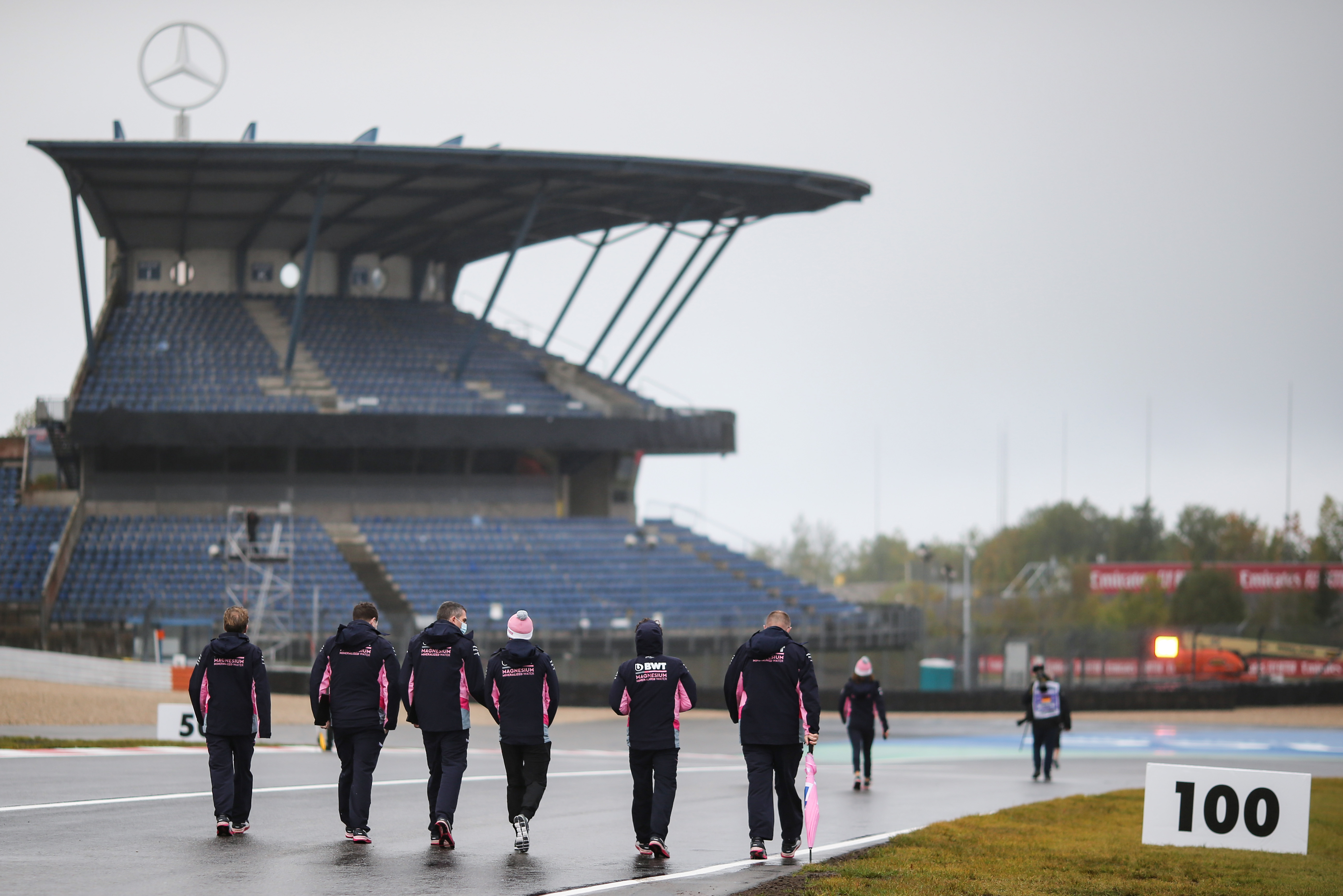 It is slightly confusing that Szafnauer’s account of Stroll’s illness detailed how the driver had been ill since Russia, but the team (and subsequently Stroll) have characterised it as falling ill on Saturday morning.
It is slightly confusing that Szafnauer’s account of Stroll’s illness detailed how the driver had been ill since Russia, but the team (and subsequently Stroll) have characterised it as falling ill on Saturday morning.
The team was also adamant that Stroll’s symptoms were flu-like, rather than COVID symptoms. Exactly what counts as a COVID symptom varies depending on the official body. The FIA’s Code of Conduct lists a few, then defers judgement to the World Health Organisation.
Stroll appeared to exhibit one regular COVID symptom (fatigue) and at least one uncommon symptom (diarrhoea). It seems that, until Saturday morning, the driver and the team were not obligated to take action because the rules only require those parties to come forward if symptoms develop – which only occurred on Saturday.
Still, with ongoing symptoms before then and a serious development on Saturday morning, it would seem fair to question why the team would not get Stroll to take a voluntary re-test as a precaution before his next scheduled test on Sunday.
Racing Point would have likely suffered greatly had Stroll’s case of COVID been confirmed earlier in the weekend. His bubble would have need to test again and quarantine pending the result – depending on the timing of the test/result, that could potentially have wiped out Stroll’s side of the garage on Saturday, Sunday or both.
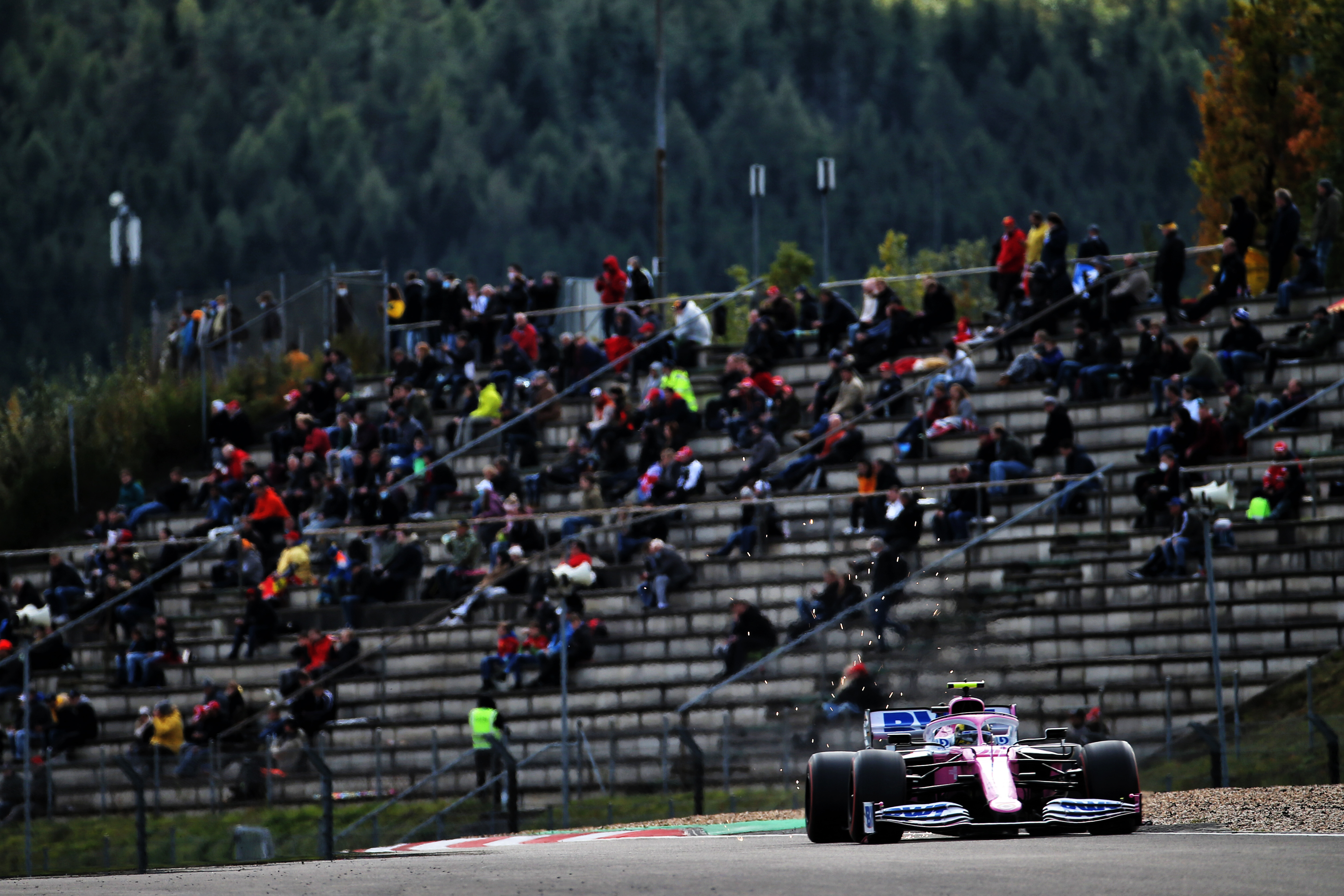
The FIA viewed that Racing Point had followed the defined procedure (a separate matter we will get into shortly), which would absolve the team of any wrongdoing or misdirection.
At this point it would be premature and unfair to point the finger at Stroll or his team, and state they were trying to avoid the consequences of a positive test. But it does highlight the need for complete transparency and trust when it comes to reporting symptoms.
It’s almost certain that F1 and the FIA will scrutinise the team’s actions and determine what, if anything, could have been handled differently.
Are the rules sufficient?
 The FIA’s position at the Nurburgring was that Racing Point and Stroll were correctly following the guidelines for when tests must take place, but that it was then down to those parties to react to his symptoms responsibly.
The FIA’s position at the Nurburgring was that Racing Point and Stroll were correctly following the guidelines for when tests must take place, but that it was then down to those parties to react to his symptoms responsibly.
In short, the FIA cannot police those cases because it relies on the honesty and cooperation of the parties involved.
“We don’t feel that there’s any loophole,” said FIA race director Michael Masi in Germany.
“There is the various time requirements to test prior to entering the paddock and then the follow-up testing from that point. Within our perspective, and based on the Tuesday test, his next test would have been Sunday morning to fulfil the requirements of the pending test and the FIA COVID protocol, so that one is quite simple.
“With regards to Lance feeling ill, like any other driver, it’s incumbent upon the driver and the competitor in this case, Racing Point, to determine if they feel that their drivers are not up to capacity to drive the car, which they obviously didn’t.

“It’s incumbent upon Racing Point as the stakeholder in this case and Lance himself as an attendee, to declare within the parameters of the protocol, if they are having any of those requirements, and then there is the requirement from there to report, which none of that has been reported to the FIA.”
If that seems like the FIA is washing its hands of responsibility, it is to a degree. What can be enforced (the timeline for testing) was being enforced and respected. The rest was up to the driver and the team.
But the fact there is openly interpretation of what counts as a symptom means there is interpretation over whether a team or driver should report to the FIA, and when.
So even if there is no loophole, there does appear to be a weakness in the regulations.
Can anything else be done?
 The easy answer is switch to three-day testing. This would cut 48 hours from the window in which a case like Stroll’s has apparently emerged. But it would be a big logistical challenge and come at significant financial cost as well.
The easy answer is switch to three-day testing. This would cut 48 hours from the window in which a case like Stroll’s has apparently emerged. But it would be a big logistical challenge and come at significant financial cost as well.
If that is not realistic, strengthening the Code of Conduct in other ways could help. It’s important that the regulators recognise while they may perceive no ambiguity in the instructions, Stroll’s case shows there are at least some inadequacies.
Should a participant develop symptoms during an event, the requirement is clear: report it, isolate, and follow instructions (most likely that means an emergency re-test).
But what if a driver, like Stroll, is showing symptoms before the event, tests negative, and proceeds to show those symptoms? That does not constitute developing symptoms at a race. So, he is not obliged to come forward or report anything untoward.
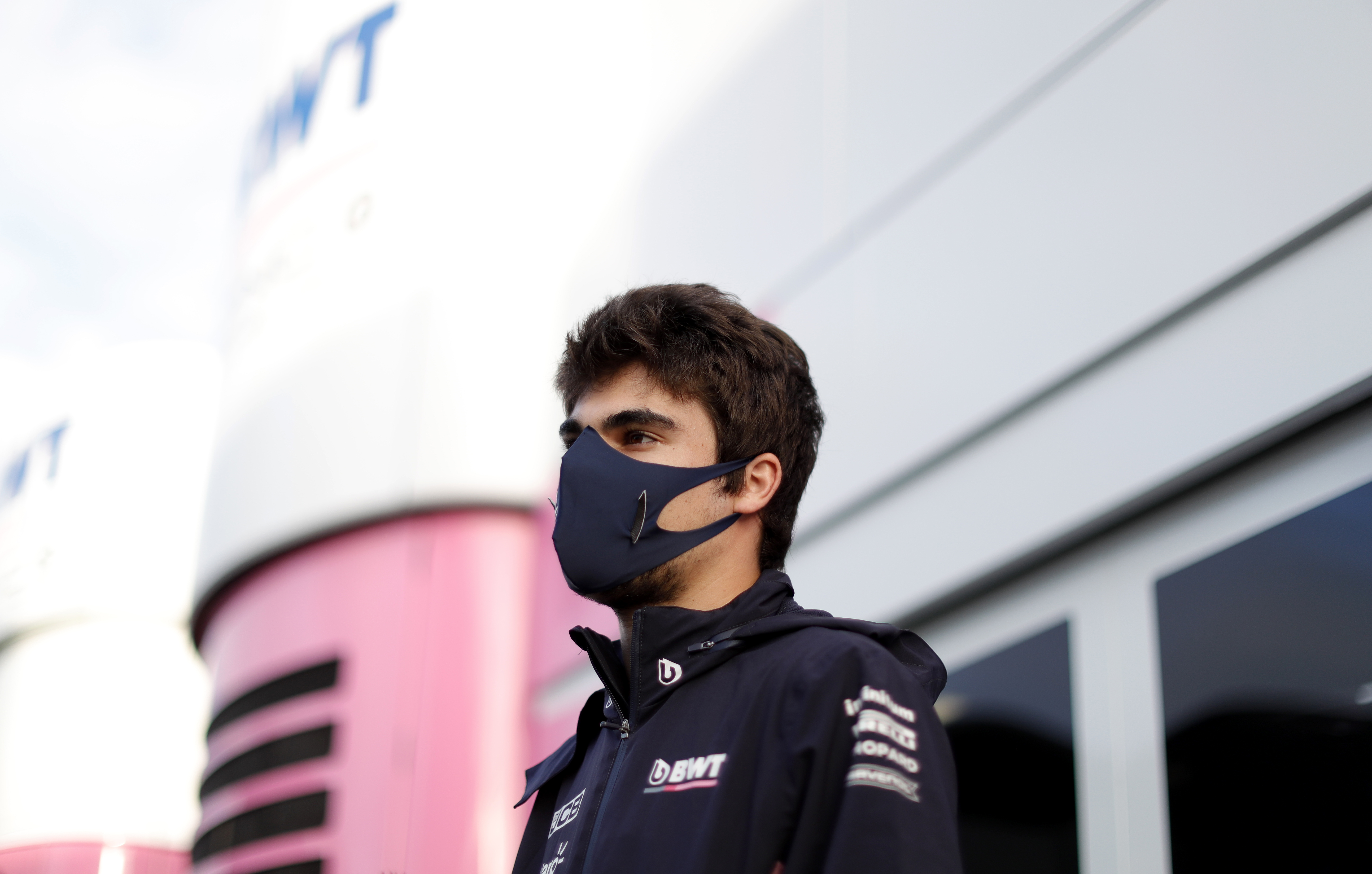
Testing on arrival rather than before travelling is not going to completely stamp that out, even if it catches the odd case that develops because of the journey.
This appears to be a slight area in the Code of Conduct that could be beefed up. Perhaps three-day testing could be mandated for someone reporting symptoms but passing an initial test. Perhaps there could be a requirement for sustained symptoms to require a re-test. But again, that requires transparency from the teams and a complete buy-in to the rules as intended, not just as written.
It is an undeniably complex task. Stroll’s case doesn’t necessarily mean the rules aren’t fit for purpose, as if they were then F1 would have suffered a major crisis already.
That doesn’t mean the rules cannot be improved though. And as one of the leading lights in world sport, not to mention the social responsibility F1 has to the territories it visits, the championship and its regulators have an obligation to crack down on any potential breaches – deliberate or accidental.




